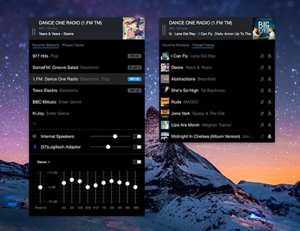The combined consumer and enterprise worldwide wireless local area network (WLAN) market segments experienced year-over-year growth of 12.5% in the first quarter of 2013 (1Q13), per IDC (www.idc.com).
The enterprise segment continued to grow at a healthy rate of 19.3% over the same period last year, says the research group. The first quarter of 2013 was the thirteenth consecutive quarter with annual growth greater than 15%. The consumer WLAN market also started the year 2013 on a relative high note, growing 6.2% year over year.
“The explosion of mobile devices and the uptake of enterprise mobility applications continue to be top of mind for enterprise IT in terms of driving WLAN infrastructure growth across a wide range of enterprise verticals and use cases,” says Rohit Mehra, vice president, Network Infrastructure, at IDC. “While this quarter saw some slowing of growth in Wi-Fi infrastructure rollouts for mobile offload applications, the longer term trend of cellular operators and managed service providers leveraging Wi-Fi stays intact and will continue to boost additional growth in the coming years.”
From a geographic perspective, the enterprise WLAN market performed especially well in Asia/Pacific (excluding Japan) where it increased 36.7% year over year in 1Q13. Within that region, Indonesia recorded the highest year-over-year growth rate of 550%, with total revenues reaching nearly $15 million in 1Q13. The enterprise market was also fairly strong in Middle East & Africa (MEA), in Western Europe, and in the United States, up 25.1%, 20.0%, and 19.8% respectively on an annual basis. The performance in other major regions was considerably weaker as Central & Eastern Europe (CEE) was up low single digits and both Japan and Latin America actually saw low single-digit declines year over year.
“Although there was significant regional and country level variance in terms of WLAN market growth in 1Q13, the worldwide outlook for enterprise, service provider, and consumer segments remains very positive as vendors and end-users start to prepare for the next technology upgrade cycle,” says Petr Jirovsky, senior research analyst, Worldwide Networking Trackers Group.


